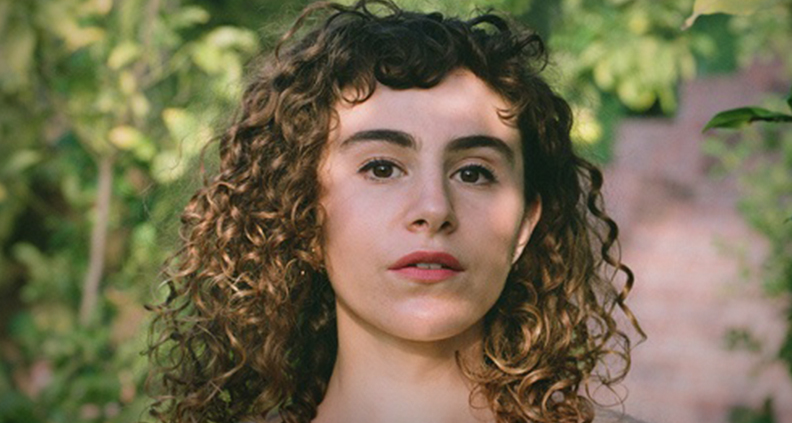The documentary genre encompasses a wide range of filmic approaches to nonfiction storytelling. Some directors may use an observational approach—a “fly-on-the-wall” model capturing candid moments while striving to have as little interaction with the people in front of the camera as possible. Others employ a more participatory style, engaging in interviews and sharing impressions, thoughts and opinions with subjects throughout the course of the film. But no matter the style, when filmmakers are able to focus in on a compelling central character, it’s usually a recipe for success. Building a project around an unforgettable protagonist lets audiences feel as though they’re sharing an experience—and a real relationship—with the characters onscreen. I’m thinking here of unforgettable characters such as Dig!’s Anton Newcombe, American Movie’s Mark Borchardt or The King of Kong’s Billy Mitchell, among other examples. In each case, these are people from whom you simply cannot look away. I wanted to find out more about the process a filmmaker uses to find a main character for their project, as well as how filmmakers go about navigating their relationship with these people. So for this month’s The Doc Life, I interviewed Liza Mandelup—whose Sundance-approved doc Jawline recently screened at Film Independent’s Future Filmmakers Showcase, and is currently available to stream on Hulu. We discussed Mandelup’s creative process and approach to working with her film’s main characters: naively sincere aspiring influencer Austyn Tester and ruthlessly ambitious entertainment manager Michael Weist. Here’s the conversation:
LIZA MANDELUP ON ‘JAWLINE’
During the Q&A following the Jawline screening at Film Independent’s Future Filmmakers Showcase, you said that you were filming without a main character for the first year of production. Was that intentional? Mandelup: The beauty of documentaries is that nothing has to happen in a traditional order. In a narrative [film], you would never make your film before you had your main character. I love the sort of choose-your-own-adventure nature of documentary filmmaking. It’s kind of how I make things as an artist, where I’m trying to figure out how it’s going to all come together. I felt like I needed to get my hands dirty—like I needed to get in there and meet the people and see the places and go on tour and situate myself in the world to dream of the characters that I was looking for. So it was part of the process. I know exactly what kind of story I want to tell as I’m shooting and so I needed to film that process. And some of that footage is in the film. How did you go about trying to find your main character? Mandelup: In the beginning when I was trying to get access, I was going through different managers to get access to different boys. I was very transparent with them about what I was making, and they weren’t interested. They didn’t think it was worth their time. But I approach everyone with transparency because I need my subjects as collaborators. My films are about experiencing someone’s life and living in someone else’s fantasy. There’s a cinematic language in my documentaries that requires more than just being a fly on the wall. When working with the main character of a project, what’s your process for making sure everyone’s on the same page and understands the film’s goal? Mandelup: I’m very transparent with my subjects. As much as possible, because you want the support of your subjects when you finish a film. So I’m telling them every step of the way what’s going on. For a year, we didn’t have all the funding. For two years, we didn’t know what festival we were going to get into. We didn’t know what distributor we had ‘til the very end. I think the process of making a documentary is so uncertain that it’s just par for the course to be transparent. If I [wasn’t being transparent] I would have been like, “We’re gonna be everywhere and we’re gonna be like huge!” But [instead] I was like, “Let’s make this together.” It was very collaborative. In that sense, everything was a “we.” It was never, “Can you do this for my film?” I never did that.
Does transparency include telling your subjects what you’re looking to film on any given day? Mandelup: Yeah. I go over my intention. But the beauty of documentary is—like that scene in [Jawline] where [talent manager] Michael is yelling at [his client] Mikey to do the video and he’s like, “the documentary film crew is here!” That day I told them that I wanted to come over because I’ve never filmed them recording a video from start to finish, and I thought it’d be a great scene. It’s a dialogue, in that sense—they’re telling me about their life and I’m picking which things would be good scenes for the film. There are discussions within the documentary community about the exploitation of subjects by filmmakers. How do you keep a check on the possibility of exploiting the people in front of your cameras? Mandelup: I think exploitation comes from not understanding someone, so you end up with a lens that isn’t sympathetic. I’m always trying to figure out someone’s actions that I might not agree with or understand—why are they making the decisions they’re making? And I think that it naturally becomes sympathetic. So, I think that if you’re willing to peel back the layers of someone and understand who they are then you end up with a more sympathetic lens. I can give you a perspective, but my perspective does not have to be judged. Highlights from the 2019 Future Filmmakers Showcase:
Learn how to become a Member of Film Independent by visiting our website, and click here to subscribe to our YouTube channel. Also, why not be our friend on Facebook, Twitter and Instagram? (Header: Austyn Tester in Jawline)
